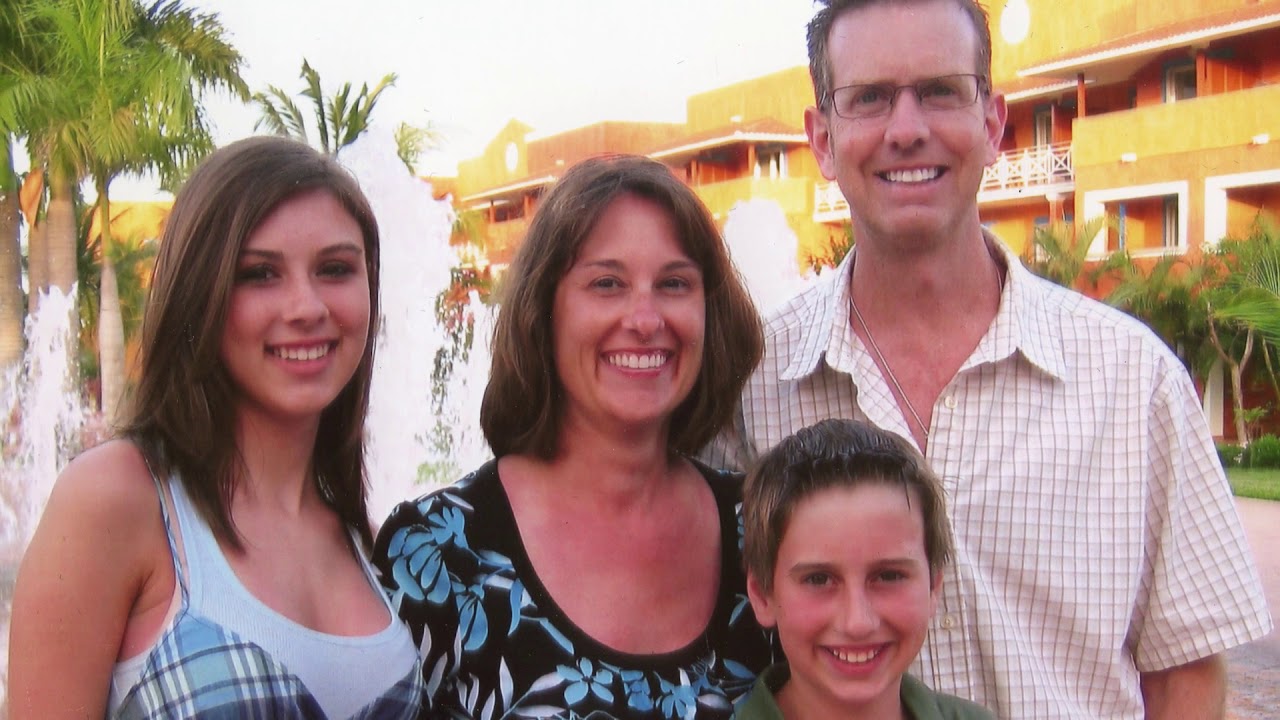By his own description, McCartt had always been, "go, go, go, go, go."
But at 25, his body was starting to slow. That's when his doctor told him he needed to have surgery to replace his leaky heart valve.
"When I finally got the word that surgery was going to happen, it was a bit surreal because, you know, when you're young and when you're active as I was, I was just a go, go, go person. Then I realized that, oh, yeah, I'm mortal. I have to have this surgery. It is going to happen," McCartt said. "And so I became a little bit worried about it, a little anxious about it."
His doctor was confident McCartt would do well with a replacement valve. In spring 1988, in went a pyrolytic carbon bileaflet valve, 31 millimeters in diameter, slightly bigger than a quarter. The valve was implanted between McCartt's aorta (the main blood vessel that delivers oxygen to the body) and left ventricle.
"It's very sophisticated technology — but the premise is fairly straightforward: It works like a carburetor," McCartt said.
"It's a butterfly valve. It has two semicircular leaflets that open and close the valve, similar to how a butterfly moves ... It pushes blood one way through your aorta, which feeds the rest of your body to give you oxygenated blood."
Three decades later, the valve is still there, doing its job. When it's really quiet and you're close enough, you can hear it working. Click-click. Click-click. Click-click.
"The same valve has been clicking and ticking away," McCartt said. "With my calculations, it has functioned flawlessly 770 million plus times over."
And counting.
Talk to McCartt for even a few minutes and you'll hear him repeat his appreciation for his good fortune, including having access to some of the best heart doctors and technology in the world.
"Zero complications. I've just been blessed. The healthier I can keep my heart, the better," McCartt said. "I have been able to do everything I’ve wanted to do."
Today, he's a husband and father. He's been backpacking — 100 miles at 6,500 feet of elevation. He's a Boy Scout leader. He's still running. And scuba diving. His list isn't done, not by any stretch.
McCartt is devoted to giving back, having spent years raising more than $1.25 million for heart research for the American Heart Association. In 2018, he's hoping to raise another $100,000 for research. Abbott is helping him reach his goal.
"I am so grateful for the life I've been given, how my life was saved and extended through the device Abbott made," McCartt said. "You could go through life and just take what is there. Or you can thrive and go after what the world has to offer you. That's why I want to help other people do the same thing."







FOLLOW ABBOTT